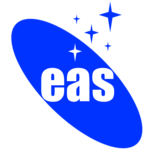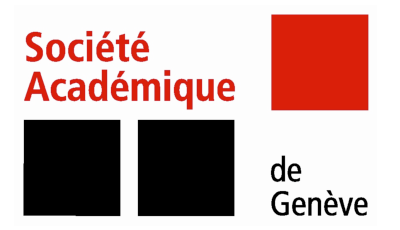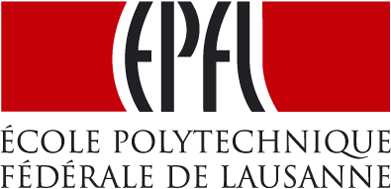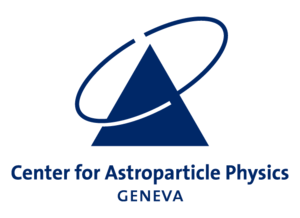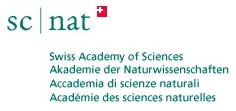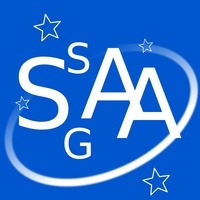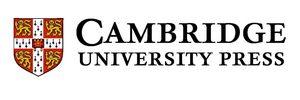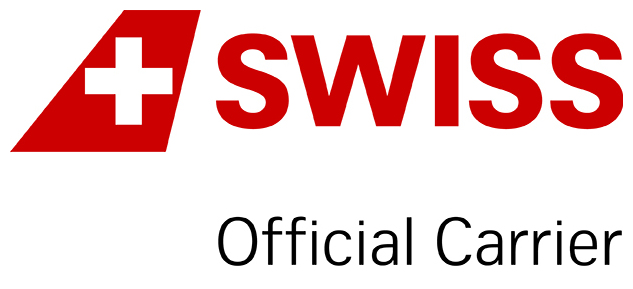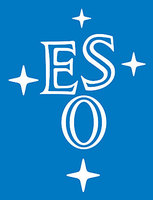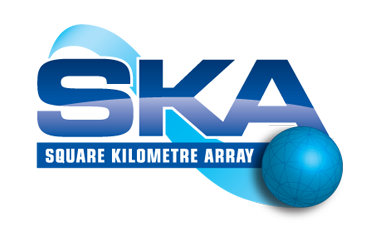Symposium S2
3 – 4 July 2014
The outer regions of extrasolar planetary systems
News:
Due to the late announcement of this symposium, the abstract deadline for S2 is exceptionally extended until April 21.
Aims and scope
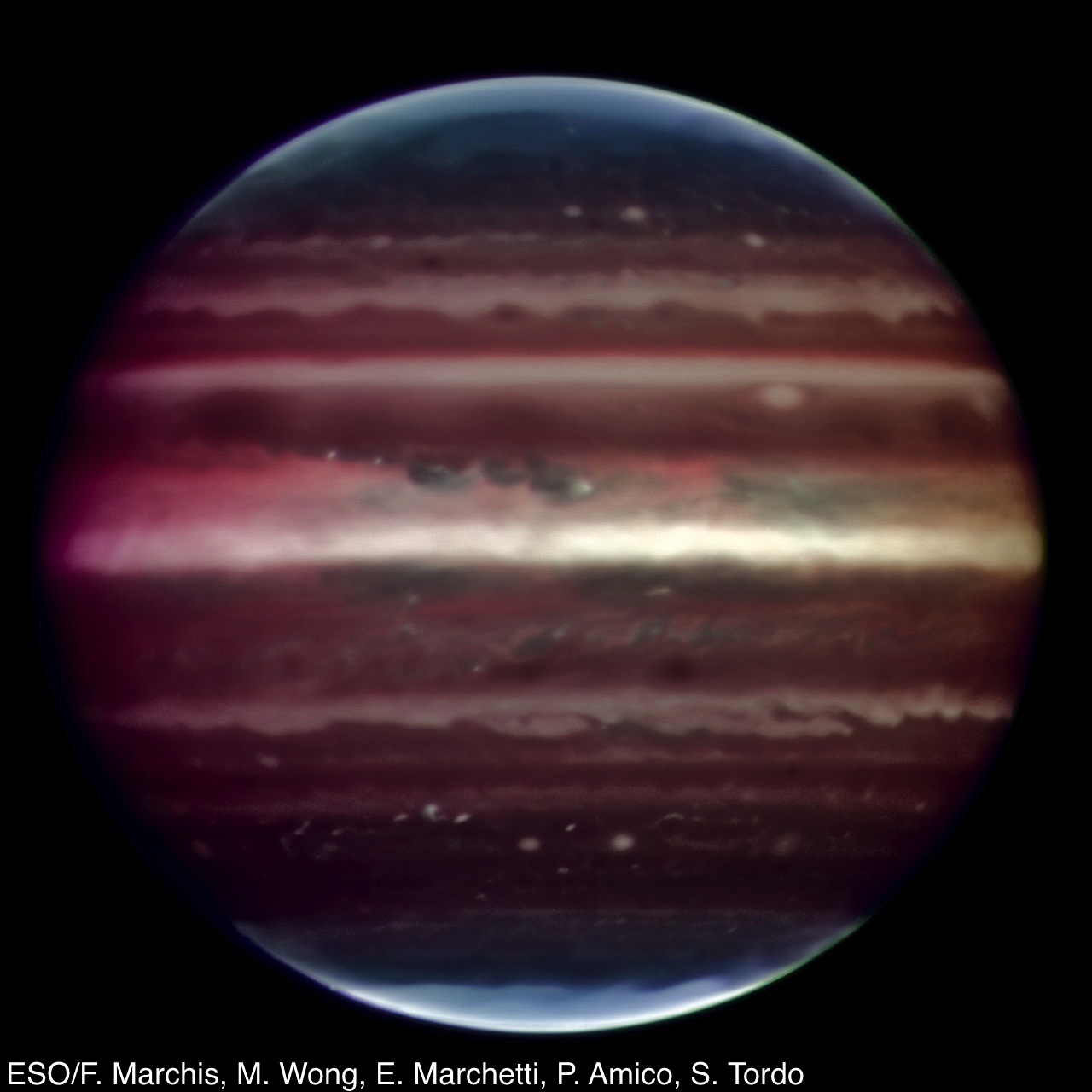 Over the past two decades we learned that extrasolar planets are common in the Galaxy and that they exhibit an astonishing diversity in all accessible parameters. Planets that orbit close to their host star, i.e. at orbital distances of less than 1 AU, are easier to access observationally, thus represent the bulk of the exoplanet population under study today. Yet, the intermediate and outer zones of planetary systems play a crucial role in their formation and evolution. We are now entering the era where the statistical study of these regions becomes possible around nearby stars: the timespan of large radial-velocity surveys excede the orbital period of Jupiter, the Gaia satellite was launched to begin its astrometric survey, and new techniques and instruments allow us to directly image a plenitude of planets despite the stellar glare of their hosts.
Over the past two decades we learned that extrasolar planets are common in the Galaxy and that they exhibit an astonishing diversity in all accessible parameters. Planets that orbit close to their host star, i.e. at orbital distances of less than 1 AU, are easier to access observationally, thus represent the bulk of the exoplanet population under study today. Yet, the intermediate and outer zones of planetary systems play a crucial role in their formation and evolution. We are now entering the era where the statistical study of these regions becomes possible around nearby stars: the timespan of large radial-velocity surveys excede the orbital period of Jupiter, the Gaia satellite was launched to begin its astrometric survey, and new techniques and instruments allow us to directly image a plenitude of planets despite the stellar glare of their hosts.
The aim of this symposium is to discuss our current knowledge of the outer regions of exoplanetary systems and to foresee the advances of this field in the near future.
The 2-day symposium will address the following topics and questions:
- Planet formation beyond 1 AU
What are the planet formation scenarios in the outer regions? How do outer-zone planets influence close-in planets and what are the observable signatures of these (dynamical) interactions?
- Observational results
What do we know about planets in the intermediate and outer zones from observations? What information can today's precise radial-velocities, adaptive optics imaging/coronagraphy, gravitational microlensing, astrometry, and other observational techniques yield on the properties of these planets?
- Looking to the future
What results can we expect from the upcoming large surveys that are specially sensitive to outer-zone planets, e.g. Gaia astrometry of nearby stars, the new generation of exoplanet imagers on very large telescopes, and other future projects and missions? How can we best exploit the synergies between them?
- The bigger picture
How can we synthesize observational and theoretical/simulation results to obtain a global picture of the outer exoplanet population in the solar neighbourhood? How does this picture relate to the Solar system and its gas giant planets?
Programme
The symposium sessions will blend invited overview presentations with contributed talks, of which we expect to schedule approximately 10, and there will be time reserved for discussion. There will also be the possibility of contributing with a poster.
Invited speakers
- David Bennett (University of Notre Dame)
- Isabelle Boisse (Laboratoire d'astrophysique de Marseille)
- Mickael Bonnefoy (IPAG, Grenoble)
- Ravit Helled (Tel-Aviv University)
- Jaques Laskar (IMCCE, Observatoire de Paris)
- Michael Perryman (University College Dublin)
Scientific organizers
T. Henning, A-M. Lagrange, M. Meyer, C. Moutou,
J. Sahlmann (co-chair), D. Ségransan (co-chair), A. Sozzetti
Contact
exoplanetsewass2014 @ unige.ch
Updated on Mon Apr 21 16:17:31 CEST 2014
|
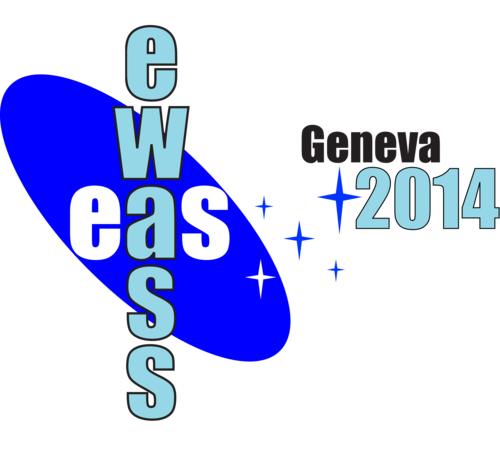
 A power cut will shut down all EAS services on Tuesday, 10 January 2017 starting at 7:30 CET.
A power cut will shut down all EAS services on Tuesday, 10 January 2017 starting at 7:30 CET.
